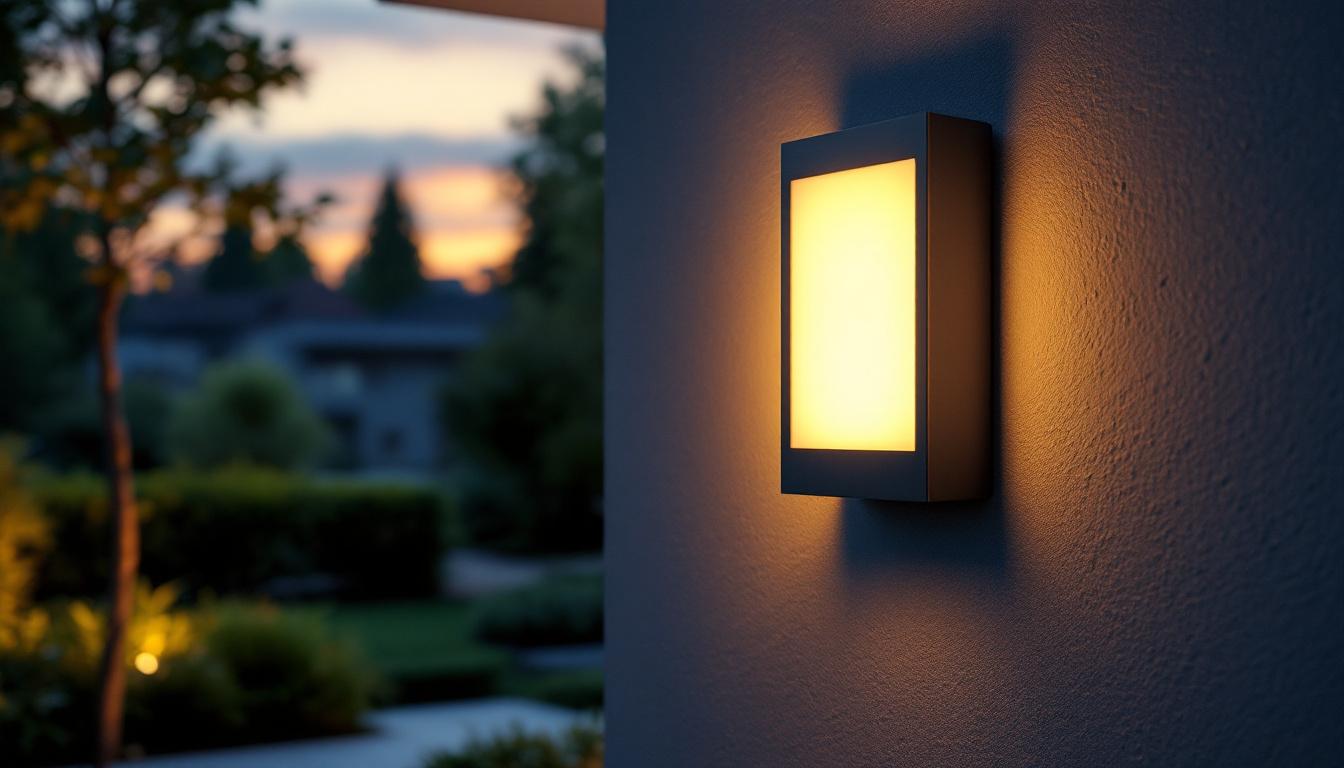
Understanding outlet wiring color codes is crucial for lighting contractors who aim to meet client expectations and ensure safety in electrical installations. Clients often have a basic understanding of wiring, and they expect their contractors to be knowledgeable about the standards and practices that govern electrical work. This article delves into the significance of outlet wiring colors, the common standards, and the expectations that clients typically have from their lighting contractors.
Wiring color codes serve as a universal language in the electrical industry, providing essential information about the function of each wire. These codes help prevent mistakes during installation and maintenance, ensuring that electrical systems operate safely and efficiently. For lighting contractors, familiarity with these codes is not just beneficial; it is a necessity. Understanding these codes can also streamline the installation process, allowing for quicker troubleshooting and repairs, which can ultimately save time and reduce costs for both contractors and clients alike.
One of the primary reasons for adhering to wiring color codes is safety. Incorrect wiring can lead to short circuits, electrical fires, and other hazardous situations. For example, a contractor who mistakenly connects a live wire to a neutral wire can create a dangerous condition. By understanding the color codes, contractors can minimize risks and protect both themselves and their clients. Moreover, safety regulations often mandate compliance with these codes, and failing to do so can result in legal repercussions and financial liabilities. Regular training and updates on color code standards are essential for contractors to stay informed about any changes in regulations that could impact their work.
Clients expect their lighting contractors to be well-versed in electrical standards, including wiring color codes. When a contractor demonstrates knowledge in this area, it instills confidence in the client. This trust can lead to repeat business and referrals, as satisfied clients are likely to recommend a contractor who exhibits professionalism and expertise. Additionally, a contractor’s ability to explain the importance of wiring color codes to clients can enhance their credibility, showing that they prioritize safety and quality in their work. This level of transparency not only fosters a strong working relationship but also educates clients about the complexities of electrical systems, making them more informed and engaged in the process.
Different countries and regions may have varying wiring color codes, but there are some common standards that most contractors should be aware of. Understanding these codes can help ensure compliance with local regulations and enhance the safety of electrical installations. Proper adherence to these codes not only minimizes the risk of electrical hazards but also fosters trust between contractors and clients, as it demonstrates a commitment to safety and professionalism.
In North America, the National Electrical Code (NEC) outlines specific color codes for wiring. Here are the most common colors and their meanings:
Understanding these colors is crucial for any lighting contractor, as they form the basis of safe and effective wiring practices. Additionally, contractors should be aware of the importance of labeling wires clearly, especially in complex installations. Clear labeling can prevent costly mistakes and ensure that future maintenance or upgrades can be performed without confusion. Furthermore, using high-quality materials that comply with NEC standards can significantly enhance the longevity and reliability of electrical systems.
For contractors working internationally or with clients from different backgrounds, it is essential to understand that wiring color codes can differ significantly. For instance, in Europe, the following colors are commonly used:
Being aware of these differences can help contractors avoid confusion and ensure that they meet the expectations of clients from various regions. Moreover, understanding the local regulations and standards is equally important, as they may dictate specific requirements for installations, including the types of materials that can be used. For example, some countries may require the use of specific types of insulation or protective conduits, which can impact both the safety and performance of electrical systems. Additionally, contractors should consider cultural factors that may influence client preferences regarding electrical installations, such as aesthetics or energy efficiency, which can further enhance the overall client experience.
Clients often have specific expectations when hiring lighting contractors, particularly regarding their knowledge of wiring color codes and overall electrical safety. Meeting these expectations is crucial for building strong client relationships and ensuring successful project outcomes. A contractor’s ability to deliver on these expectations can significantly influence the client’s satisfaction and the likelihood of future referrals.
Clients expect their lighting contractors to be familiar with local electrical codes and regulations. This expertise not only ensures compliance but also demonstrates a commitment to safety and professionalism. Contractors should stay updated on any changes to local codes and be prepared to explain them to clients when necessary. Additionally, understanding the nuances of local codes can help contractors provide tailored solutions that meet the specific needs of a project, whether it’s a residential home or a commercial space. This proactive approach can set a contractor apart in a competitive market.
Effective communication is key to managing client expectations. Clients may not have a technical background, so it is the contractor’s responsibility to explain wiring color codes and their significance in a way that is easy to understand. This transparency can help clients feel more informed and involved in the process, fostering a sense of partnership. Furthermore, regular updates throughout the project can alleviate any concerns clients might have, allowing them to feel confident in the contractor’s abilities. Utilizing visual aids or diagrams can also enhance understanding, making complex concepts more accessible.
Clients expect high-quality work, and this includes proper wiring practices. Lighting contractors should take the time to ensure that all wiring is done according to code, using the correct colors and methods. This attention to detail not only enhances safety but also reflects positively on the contractor’s reputation. In addition, implementing a rigorous quality assurance process, such as routine inspections and testing, can help identify potential issues before they escalate. By prioritizing quality assurance, contractors can build trust with clients, reassuring them that their project is in capable hands and that the final results will meet or exceed their expectations.
Another critical expectation clients have is the contractor’s ability to adhere to timelines and deliver on promises. Clients appreciate contractors who respect their time and schedule, as delays can lead to frustration and additional costs. Therefore, it is essential for contractors to provide realistic timelines and communicate any potential delays as early as possible. By being reliable and punctual, contractors can not only enhance client satisfaction but also establish a reputation for professionalism that can lead to repeat business and referrals.
Clients also value ongoing support after the installation is complete. They expect contractors to be available for questions or concerns that may arise once the lighting system is in use. Providing clear instructions on maintenance and operation can empower clients to manage their new lighting effectively. Additionally, offering a warranty or service plan can further reassure clients that the contractor stands behind their work, fostering long-term relationships built on trust and reliability. This commitment to post-installation support can be a decisive factor for clients when choosing a contractor for future projects.
To meet client expectations and ensure safety, lighting contractors should adhere to best practices when it comes to wiring installations. These practices can help streamline the installation process and enhance the overall quality of the work.
One effective practice is to label wires clearly during installation. This can help both the contractor and the client understand the purpose of each wire, making future maintenance or modifications easier. Clear labeling can also prevent mistakes during troubleshooting or repairs.
Investing in high-quality wiring materials is essential for long-lasting installations. Contractors should choose wires that meet or exceed industry standards, ensuring they can withstand the demands of the electrical system. Using subpar materials can lead to failures, which can compromise safety and client satisfaction.
Staying informed about the latest developments in electrical codes and technologies is vital for lighting contractors. Regular training and education can help contractors keep their skills sharp and ensure they are aware of any changes in wiring standards. This commitment to ongoing learning demonstrates professionalism and can significantly enhance client trust.
Clients may have various concerns when it comes to electrical installations, particularly regarding safety and compliance. Addressing these concerns proactively can help build trust and ensure a smooth working relationship.
One of the most common concerns clients have is whether the installation will be safe and compliant with local codes. Lighting contractors should be prepared to discuss safety measures and the steps taken to ensure compliance. Providing documentation or certifications can also help reassure clients that the work meets industry standards.
Clients often worry about the cost of electrical work, especially if they are unsure of what to expect. Providing a detailed estimate that breaks down the costs associated with wiring installations can help alleviate these concerns. Transparency in pricing fosters trust and allows clients to make informed decisions.
Clients appreciate knowing that they can rely on their lighting contractor for support even after the installation is complete. Offering post-installation services, such as maintenance checks or troubleshooting assistance, can enhance client satisfaction. This ongoing support can lead to repeat business and positive referrals.
Understanding outlet wiring color codes is a fundamental aspect of being a successful lighting contractor. Clients expect their contractors to be knowledgeable about these codes, ensuring safety and compliance in electrical installations. By demonstrating expertise, communicating effectively, and adhering to best practices, contractors can meet and exceed client expectations.
Ultimately, the relationship between lighting contractors and their clients is built on trust, professionalism, and a commitment to quality work. By prioritizing safety and staying informed about wiring standards, contractors can foster strong relationships with their clients, paving the way for future success in their projects.
As a lighting contractor who understands the importance of outlet wiring color codes and client satisfaction, you deserve a supplier that matches your commitment to quality and efficiency. LumenWholesale is here to support your projects with top-quality, spec-grade lighting products at unbeatable wholesale prices. Our extensive selection not only meets but exceeds the highest industry standards, so you can deliver reliable, high-performance lighting every time. Plus, with free shipping on bulk orders, you can get the premium lighting you need at the best value — without hidden fees or compromises. Elevate your electrical installations today by visiting Wholesale Lighting at the Best Value and experience the perfect blend of quality, affordability, and convenience with LumenWholesale.

Discover the ultimate guide to high bay light fixtures with our essential checklist tailored for lighting professionals.

Discover the top strategies lighting contractors use to optimize automatic timers for lights.

Discover the essentials of warehouse lighting in this comprehensive guide tailored for lighting contractors.

Discover how modern outdoor flush mount lights can be a game-changer for lighting contractors looking to win more bids.